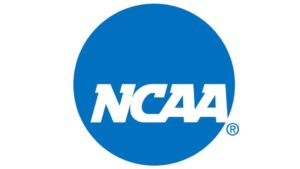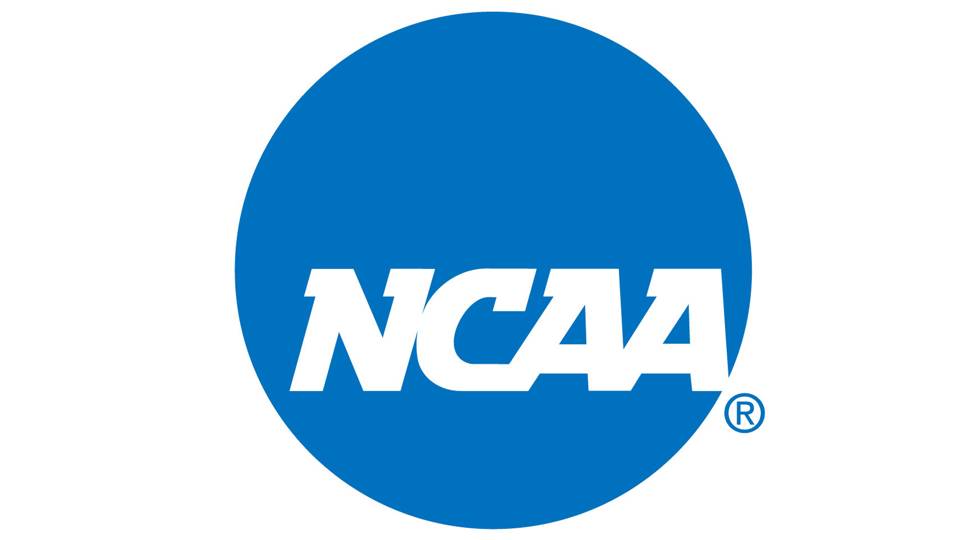 The NCAA Playing Rules Oversight Panel on Thursday approved an adjustment to the rules for checking from behind and contact to the head to provide game officials additional options when adjudicating these penalties in men’s and women’s ice hockey for the 2024-25 season.
The NCAA Playing Rules Oversight Panel on Thursday approved an adjustment to the rules for checking from behind and contact to the head to provide game officials additional options when adjudicating these penalties in men’s and women’s ice hockey for the 2024-25 season.
The new rule provides guidance and additional levels of penalty options for on-ice officials.
It strengthens rules regarding clear violations of contact to the head to include a major penalty (five minutes) and at least a game misconduct or disqualification. The past two years, a standalone major penalty was permitted to be enforced in some instances. Along with this adjustment, a minor penalty option is available to game officials. This is intended only for actions that are inadvertent or when the player making contact is using otherwise legal tactics.
Officials will have all options available for hitting-from-behind infractions (minor, major and major/game misconduct or disqualification).
Men’s and Women’s Ice Hockey Rules Committee members discussed checking from behind thoroughly last month and focused on the growing trend of players turning to create contact, often just before it occurs. With contact to the head, the committee focused on the players delivering contact, particularly cases where otherwise legal contact resulted in a major penalty.
Game officials will be given more latitude to consider an opponent’s actions causing contact to the head or checking from behind.
High-sticking the puck
The panel approved a rule change making pucks played at shoulder height legal and not whistled for a high-stick violation. Previously, any puck played with a stick above 4 feet was considered a high-sticking violation.
This change simplifies the rule to shoulder height as a way of taking away the need for on-ice officials to judge whether the puck is 4 feet off the ice. This standard will also be used when goals are scored.
Shootouts
To standardize competition, panel members approved mandating the use of a shootout after the five-minute 3-on-3 overtime period. NCAA championships selection committees have indicated that a shootout will not be part of any selection criteria.
Other rules changes
— When using video replay, officials will have the ability to review a major penalty and downgrade it to a minor penalty or no penalty. Officials can add to a major penalty during the review (game misconduct or disqualification).
— As part of the supplementary discipline process, a conference can appeal a disqualification penalty to the secretary-rules editor and national coordinator of officials. No other penalties can be appealed or reduced.
— “Deliberately directed” was removed from the hand-pass rule to more closely align it with the National Hockey League rule.
— In postseason games that use a video replay official, it is optional to clear game-winning goals in overtime. If a review is needed, the on-ice officials will make the final determination.
— A rule proposal dealing with continuous play was also approved. When referees signal a stoppage of play because they have lost sight of the puck but, in the immediate and continuous action, the puck enters the goal, officials will be allowed to award a goal. Previously, blowing the whistle took away this option.
— A rule dealing with the scoring of a goal during a delayed penalty was removed. Previously, if a goal was scored during a delayed penalty call, the penalty was enforced, and the nonoffending team received a power play. Removing this rule will result in the penalty being nullified.
— In women’s ice hockey, the panel approved additional language identifying unintentional collisions and plays where the pursuit of a loose puck creates contact.
